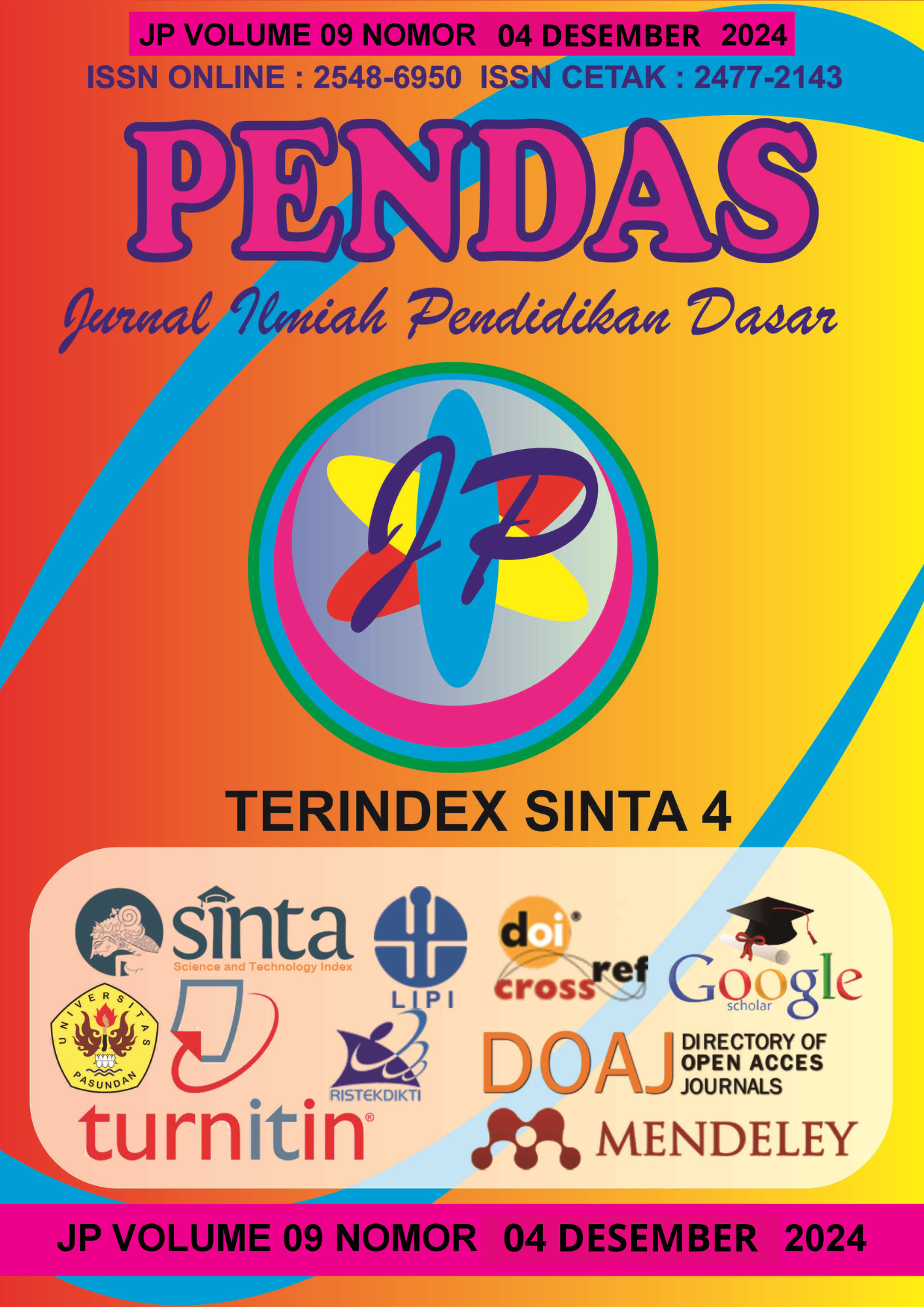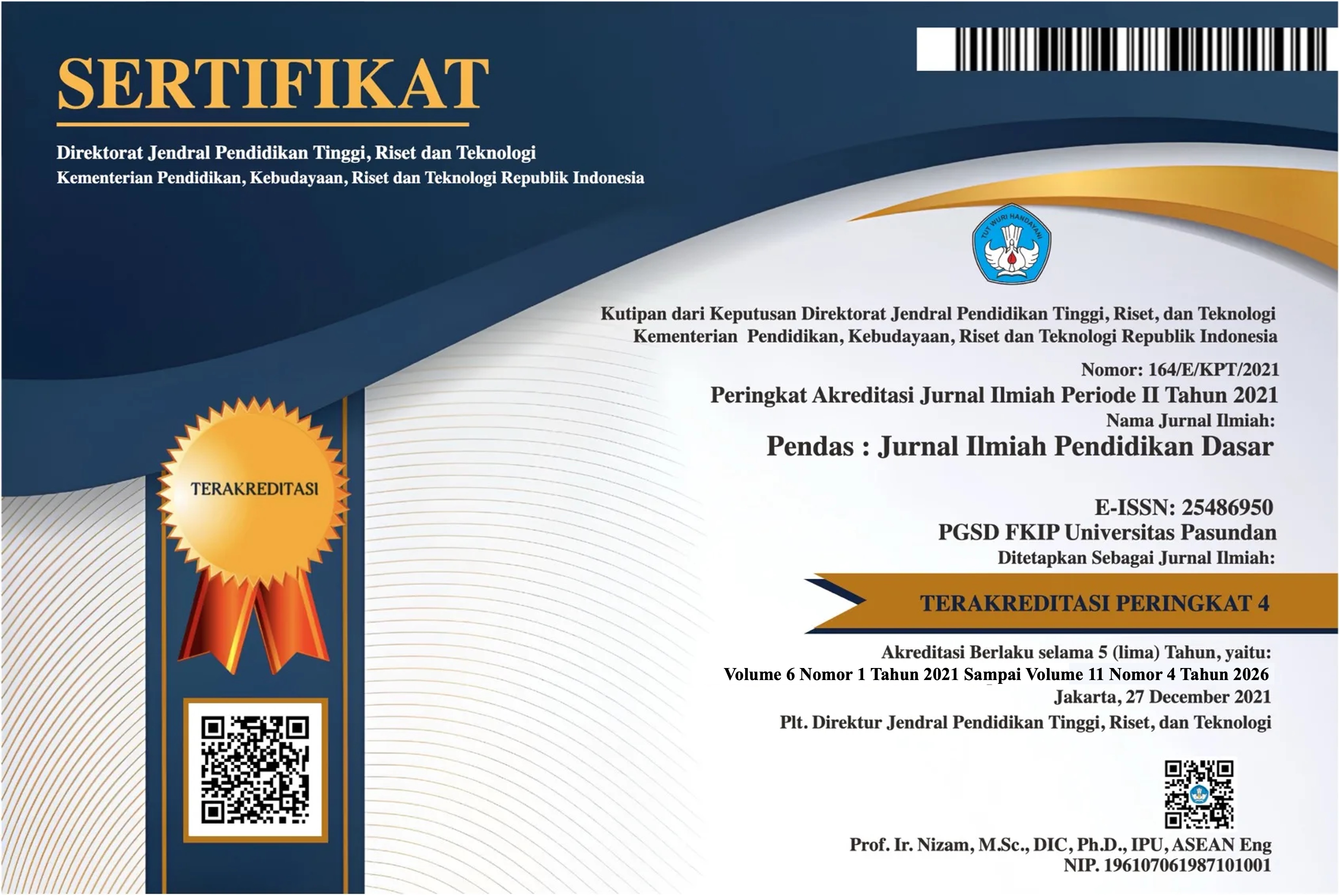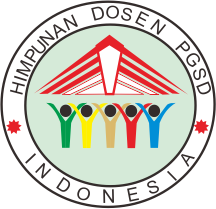PERAN PENDIDIKAN JASMANI DALAM MENGEMBANGKAN KETERAMPILAN SOSIAL DAN EMOSIONAL SISWA SEKOLAH DASAR
DOI:
https://doi.org/10.23969/jp.v9i04.19433Keywords:
physical education, emotional skills, social skillsAbstract
This study aims to identify the role of physical education in developing social and emotional skills among elementary school students. Utilizing a qualitative approach, this research gathers data through literature review methods by analyzing relevant literature and previous studies. Social and emotional skills are essential aspects of child development that contribute to academic success and social competence. As an integral part of the elementary school curriculum, physical education provides opportunities for students to learn cooperation, communication, and emotion management through various physical activities and games. The results of the study indicate that physical education effectively enhances students' social skills, such as teamwork, communication, and tolerance, through team activities that require interaction and active participation. Additionally, physical education helps students manage their emotions, especially when facing wins and losses in games. These findings align with Vygotsky's social development theory, which emphasizes the importance of social interaction in child development, as well as Goleman's emotional intelligence theory, which highlights self-regulation and emotional management. The implications of this research demonstrate that physical education serves not only as a medium for physical skill training but also as an effective means to holistically develop students' social and emotional skills. Therefore, strengthening physical education in the elementary school curriculum is expected to help shape better character and personality in students. This study recommends that physical education be designed with a greater emphasis on developing students' social and emotional aspects to contribute to their overall development.
Downloads
References
Bailey, R. (2006). Physical education and sport in schools: A review of benefits and outcomes. Journal of School Health, 76(8), 397–401. https://doi.org/10.1111/j.1746-1561.2006.00132.x
Bogdan, R., & Biklen, S. K. (2007). Qualitative research for education: An introduction to theories and methods (5th ed.). Pearson Education.
Creswell, J. W. (2014). Research design: Qualitative, quantitative, and mixed methods approaches (4th ed.). SAGE Publications.
Goleman, D. (1995). Emotional intelligence: Why it can matter more than IQ. Bantam Books.
Hargreaves, A. (2007). Teaching and learning in physical education: Integrating cognitive and social development. In Physical Education for Learning: A Guide for Teachers (pp. 52-72). Routledge.
Hassmén, P., Koivula, N., & Uutela, A. (2000). Physical exercise and psychological well-being: A population study in Finland. Preventive Medicine, 30(1), 17-25. https://doi.org/10.1006/pmed.1999.0597
Juhari, F., Rajuddin, M. R., Wan Daud, W. R., & Majid, R. A. (2018). Social and emotional development among primary school children through physical education and sports. International Journal of Academic Research in Business and Social Sciences, 8(6), 742-752. https://doi.org/10.6007/IJARBSS/v8-i6/4282
Martinek, T. J., & Hellison, D. R. (1997). Fostering resiliency in underserved youth through physical activity. Quest, 49(1), 34-49. https://doi.org/10.1080/00336297.1997.10484223
Mulyono, A. (2020). Pendidikan jasmani, olahraga, dan kesehatan: Konsep dasar dan implementasi. Jakarta: Penerbit Erlangga.
Nasution, Z. (2021). Keterampilan sosial dalam pendidikan sekolah dasar: Pentingnya pengembangan interaksi positif sejak dini. Jurnal Pendidikan Dasar Indonesia, 12(1), 11-20.
Parker, M., & Stiehl, J. (2011). Physical education: Concepts and principles for teaching physical education. Jones & Bartlett Learning.
Rimm-Kaufman, S. E., La Paro, K. M., Downer, J. T., & Pianta, R. C. (2005). The contribution of classroom setting and quality of instruction to children's behavior in kindergarten classrooms. The Elementary School Journal, 105(4), 377-394. https://doi.org/10.1086/429948
Vygotsky, L. S. (1978). Mind in society: The development of higher psychological processes. Harvard University Press.
Zed, M. (2004). Metode penelitian kepustakaan. Yayasan Obor Indonesia.
Downloads
Published
Issue
Section
License
Copyright (c) 2024 Pendas : Jurnal Ilmiah Pendidikan Dasar

This work is licensed under a Creative Commons Attribution 4.0 International License.



















